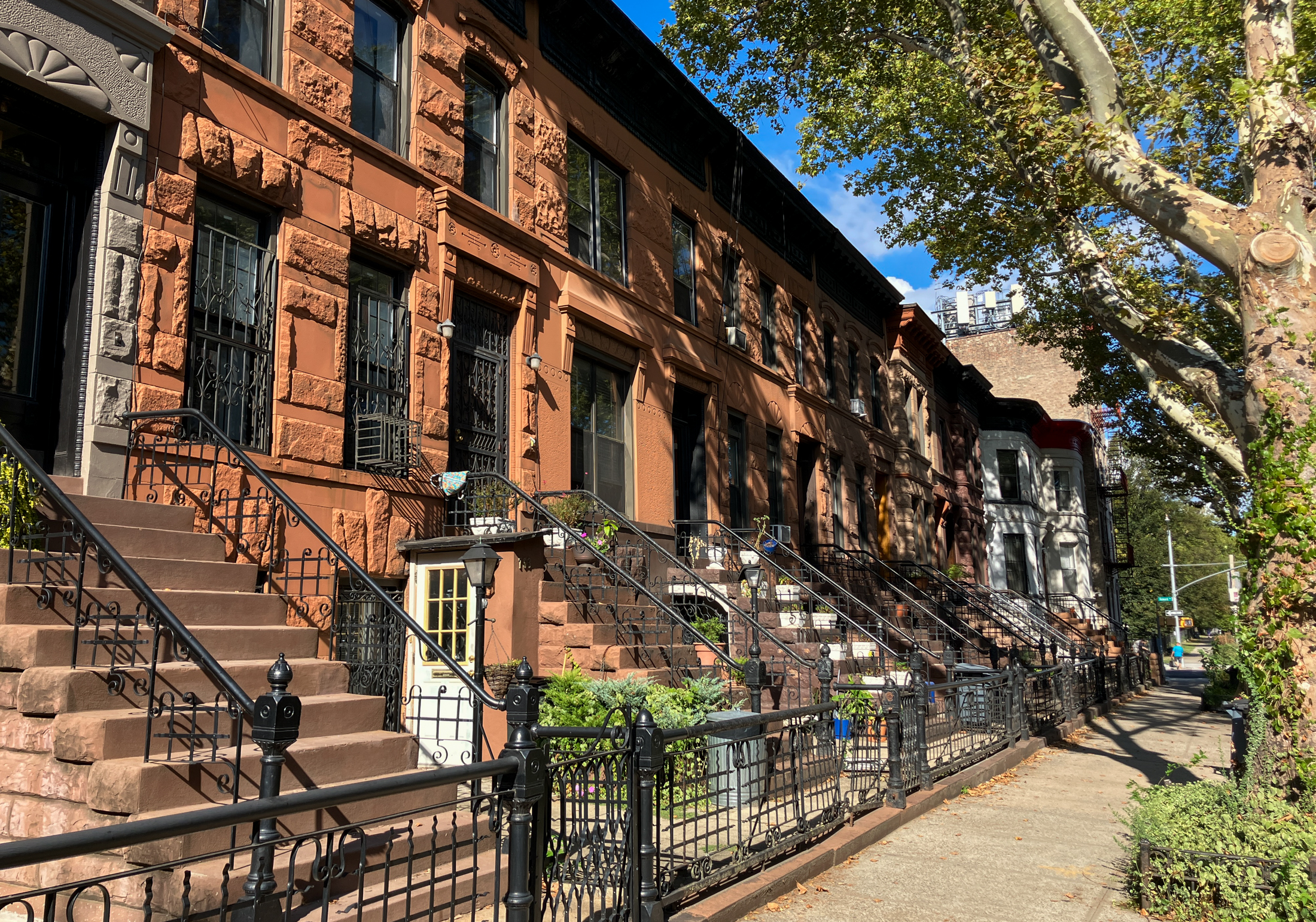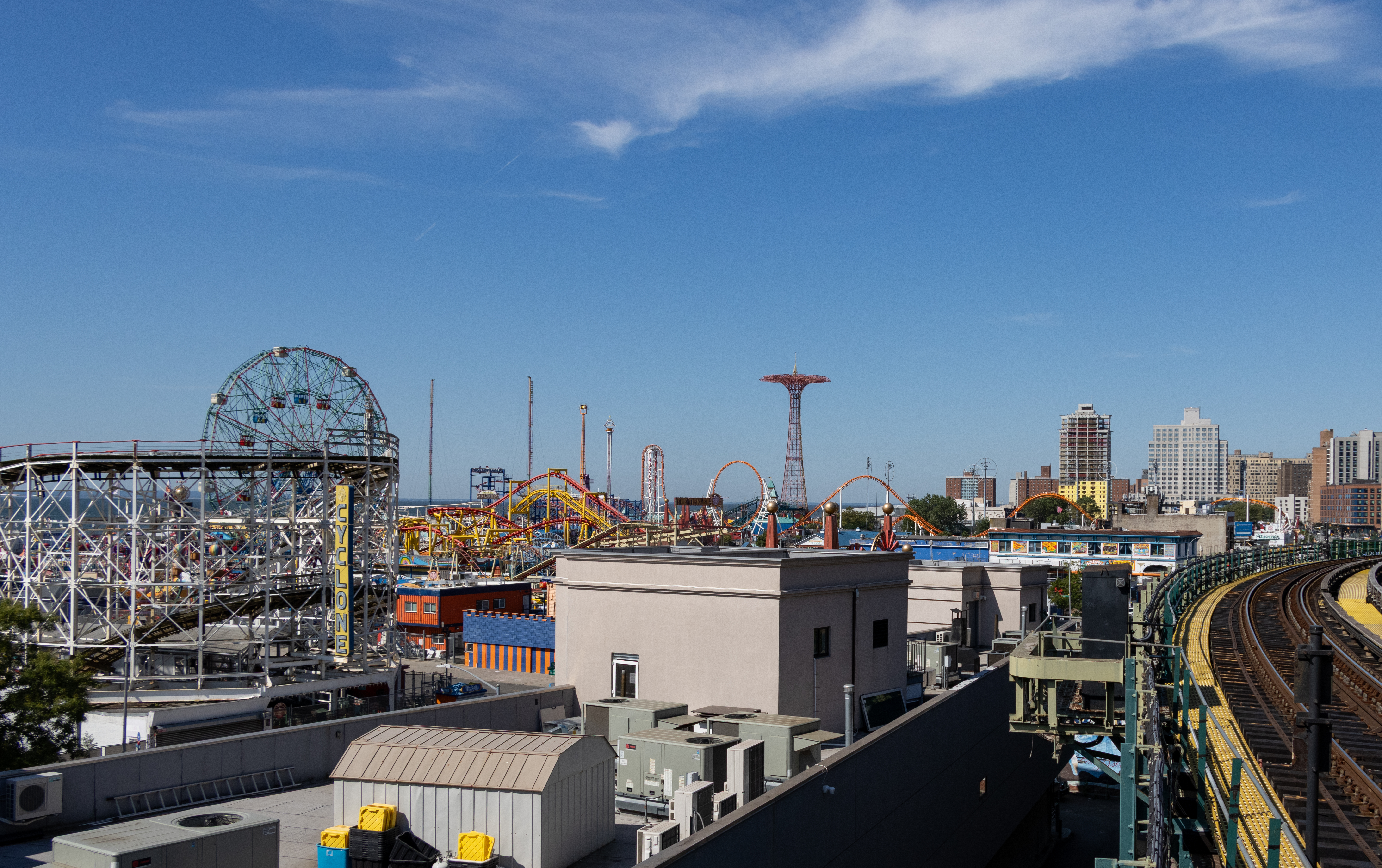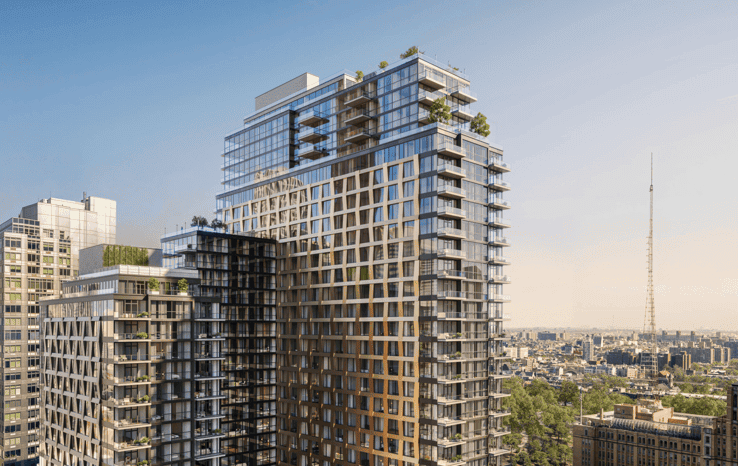Seed Bombing at Hunters Point South Park
Last Friday, I am told, the temperature was twelve degrees fahrenheit. It would hard for me to comment on it, as my entire body was so thoroughly numb that it would be a lie to suggest that I felt anything at all. Warm, cold, happy, sad… toes… nothing. There was a twenty mile an hour…


Last Friday, I am told, the temperature was twelve degrees fahrenheit. It would hard for me to comment on it, as my entire body was so thoroughly numb that it would be a lie to suggest that I felt anything at all. Warm, cold, happy, sad… toes… nothing.
There was a twenty mile an hour wind blowing, and when the TV Weather Lady said that it would feel like negative eight degrees on unprotected skin, she was right. Last Friday (and this seems to happen to me each and every February) I found myself standing at the shoreline of the East River on the second coldest day of the year (so far, at least). You will notice, it is trusted, the vast amount of ice in the river? Brrr.
An interesting event was underway, organized by an LIC area group which calls itself HarborLAB, is why I found myself at Hunters Point South Park, at the East River shoreline on the second coldest day of the year (well, so far, at least). Have I mentioned the cold? This was Viking Apocalypse cold. You either had to be crazy dedicated to be out here, or just plain crazy.
More after the jump…

HarborLAB Founder Erik Baard, at far left, had a plan. Seeds would be gathered from salt resistant plants found at the park, and would be incorporated into mudballs which will be deployed later in the year (more on that a bit later). This may sound pretty “hippie-dippie” but it was actually a pretty positive way to spend an excruciating morning.
A group of students from CUNY’s Baruch College joined HarborLAB, riding all the way in from Manhattan to pitch in and help.
From harborlab.org:
HarborLAB’s program focus is environmental stewardship, restoration, and education within our estuary and watershed. We seek, create and promote means of including under-served communities in harbor life, and of fostering a love of environmental science among urban youth and first-generation college students.

Pictured above is Mark A. Christie, Vice President of the Hunters Point Parks Conservancy, who was invited to share and show off the park he loves. The Hunters Point Parks Conservancy has grown out of the earlier Friends Of Gantry Plaza State Park group, in which Mr. Christie was deeply involved. Mr. Christie is also involved with the Hunters Point Library, and lives nearby. That’s the aforementioned Erik Baard photo bombing him.
From friendsofgantry.org:
At the opening of Gantry Plaza State Park, the beautiful East River park designed by the talented landscape architect Thomas Balsley, a group of volunteers recognized that it would need care. Friends of Gantry Plaza State Park,, was formed in the fall of 1998, worked with the State to plan concerts and events in the park. It was the original component of our organization. The Hunters Point neighborhood in Long Island City, Queens, would come to need volunteers to help with a variety of projects.

Mark got to work with the kids from Baruch. He knew where certain species of plant would be found, and guided the Baruch Students around the park. Mr. Christie offered:
“Long Island City is not only about luxury high rises and fabulous art. It is also home to a great park with self-sustaining features that’s in the migratory pathway of many species of birds. In other words, it is an outdoor classroom. We can even find monarch butterflies stopping over in Gantry Plaza State Park on their long journey to Mexico. Our overlooked park’s group, Hunters Point Parks Conservancy, has been advocating, educating and caring for these parks and streets for the past 17 years and that will only continue to expand as our mission permits.”

Mark insisted on doing a lot of the “climbing on” and “reaching over,” due to the presence of a terrific amount of ice and snow. By the way, the Hunters Point Parks Conservancy will be debuting a new website shortly, I was told.
Our new mission is to enrich the quality of life in Hunters Point, Queens, by preserving and enhancing its parks, green spaces, and waterfront, in partnership with the community. Our goals include organizing and supporting special events and activities in the parks, enhancing artistic, play and recreational opportunities, monitoring potential problems in the area, and educating the community about the environmental concerns of the waterfront in Hunters Point. What began as a small circle of concerned friends, has now ballooned into a group synonymous with the maintenance, improvement and expansion of the Hunters Point village.

Mr. Christie passed the desired plants to the students, who performed a simple hand twist on them.

This allowed them to harvest the seed bearing parts of the plants, which were then transferred into plastic kitchen bags.

The Baruch students had split into groups, and each one was looking for and collecting certain species. Remember the “hippie-dippie” mudball thing that I promised to explain? OK, here we go.
From this point out, however, let’s exchange the term “hippie-dippie” for “Conservation Biology.” That’s what the Baruch students are studying, and it’s a subject that’s as serious as a heart attack.
The idea is that these seeds will fall and be wasted, as this is a carefully controlled landscape – a park – and won’t be allowed to propagate. Collecting these seeds is step one of a longer process which will play out over the next couple of months into the spring.

The plan is to encase the seeds in nutritious balls of mud.
These mud balls, during the early spring, will be loaded on to watercraft and scattered across the shorelines of the larger harbor. The scattering, as you’d imagine, is to throw them. The ball will help the plants to take root where they land, as they are already encased in a ball of muddy potting soil (it’s actually clay and compost, I’m told). This aids in the propagation of native species of salt resistant plants around NY Harbor, combats erosion, and is good news for man and beast alike.
The environmentalist crowd also refers to this as “seed bombing,” incidentally.

The actual production of the Seed Balls, which took place inside at CUNY’s LaGuardia Community College, occurred on Sunday. HarborLAB posted some photos of the process at their website, which can be accessed here.
Pictured above are the crazy dedicated Conservation Biology students from Baruch, with their Professor Stephen Gosnell. Mark Christie, the crazy dedicated Vice President of the Hunters Point Parks Conservancy, is at left. In this shot, HarborLAB’s crazy dedicated Erik Baard is photobombing the entire group at the rear, along with Roy, one of the group’s crazy dedicated volunteers.
Me? I’m just crazy for coming out in this cold. Mad dogs and englishmen, all that.
Newtown Creek Alliance Historian Mitch Waxman lives in Astoria and blogs at Newtown Pentacle.





What's Your Take? Leave a Comment